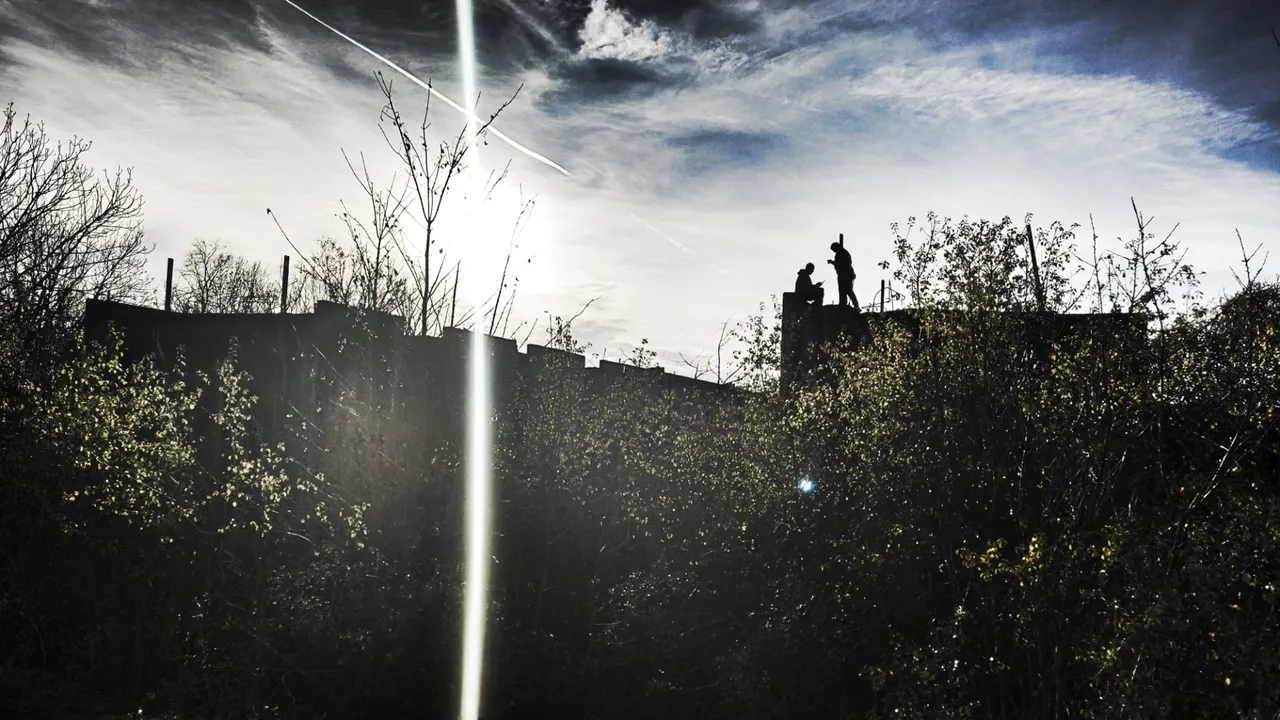
Eight decades after the end of the grand plans to build a waterway from Leipzig via Merseburg and Halle to Hamburg, only ruins remain of the major building project of the Hitler era. But a few tireless people want to go on; it won't come, not this year and certainly not the next either.
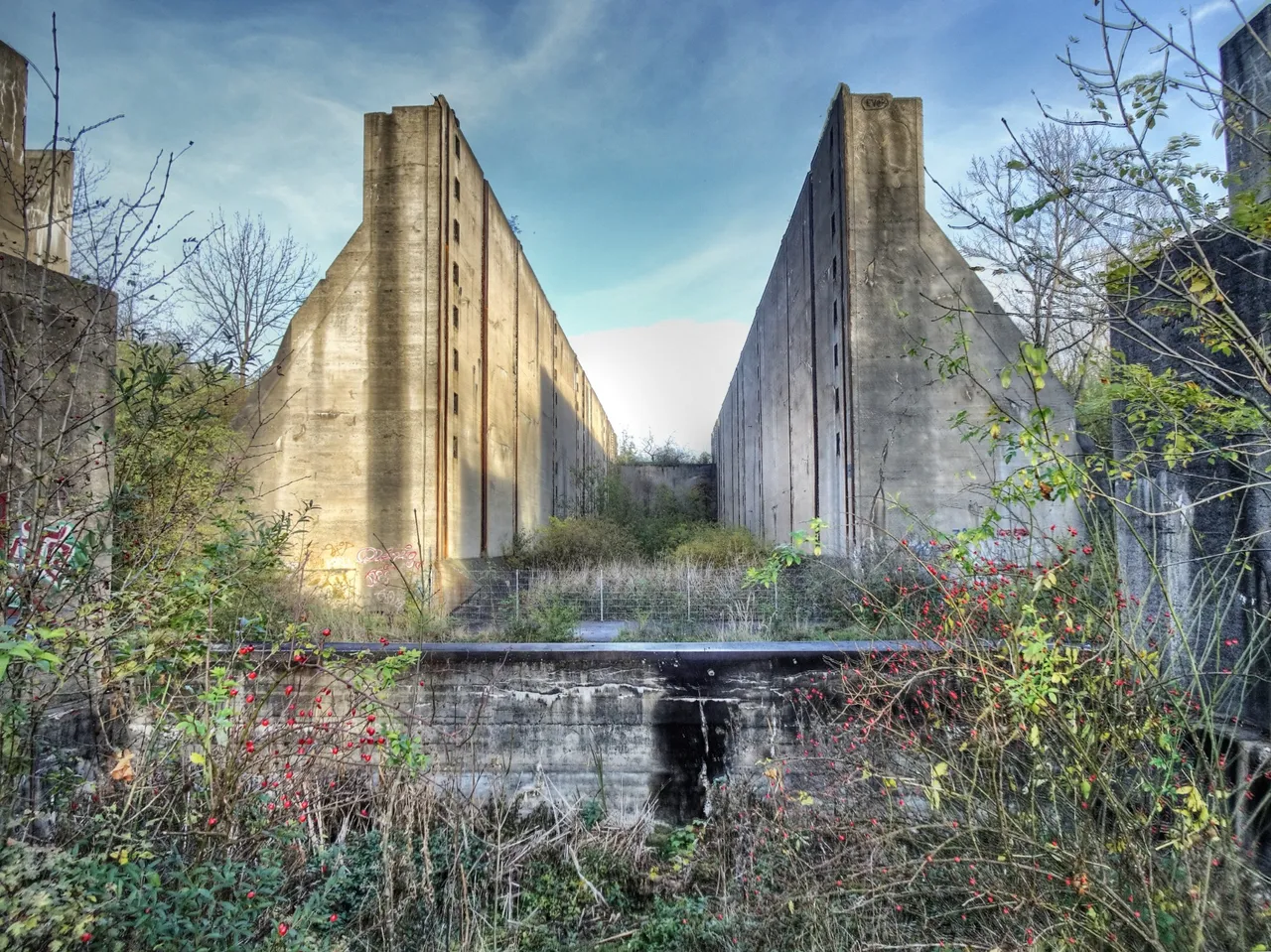
When Michael Witfer stands in front of the high concrete walls of the Wüsteneutzsch lock ruins and tells curious walkers about the unique fate of the once largest German lock staircase, the man from Merseburg is completely honest. His dream of a ship that sails past here, where today only the remains of a large-scale construction project that was discontinued eight decades ago are likely to come to nothing in the next decade either.
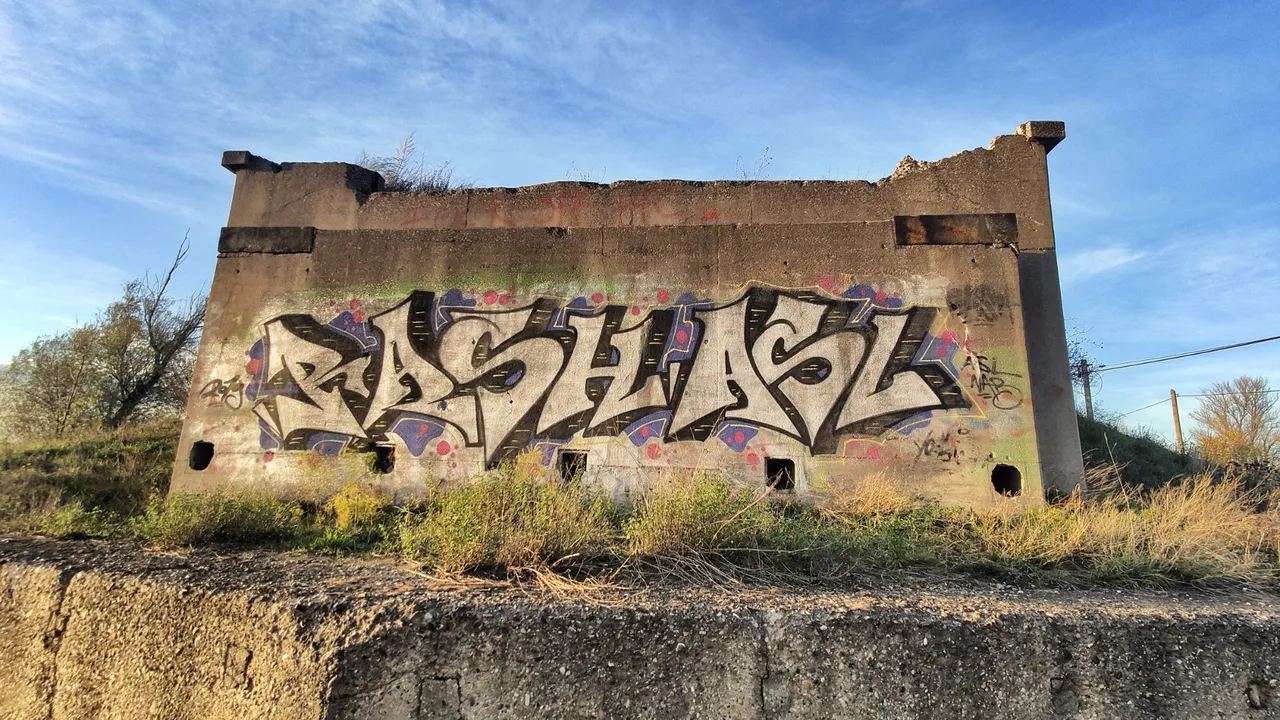
A canal in the bushes
But it would be nice after all, says Witfer, who has been fighting for the Saale-Elster Canal for 15 years. It can only be guessed at here, on the northern edge of the small town of Wüsteneutzsch near Leuna, a place in the deepest east of Germany, in the thick bushes. But until shortly after Günthersdorf, over on the autobahn, the flooded waterway that was once supposed to lead to the Saale near Merseburg stretches. On the way there, the canal was already excavated in places, but still dry today - an adventure playground for motocross riders from the surrounding villages. And in the middle of it this lock rises above the flat landscape like a spaceship.

From the fields over which kites are circling, the huge concrete structure grows out of the country, which was originally intended to compensate for the 24 meter difference in altitude on the way to the Saale in a technically sophisticated way Construction project "Südflügel Mittellandkanal" works. According to legend, at least that goes back to the Leipzig city councilor Karl Heine. In the middle of the 19th century, the entrepreneur had taken up plans by King Friedrich August I of Saxony to connect Leipzig to the Saale and Elbe via a canal and started digging the Karl-Heine Canal from the White Elster towards the west, which is now named after him.
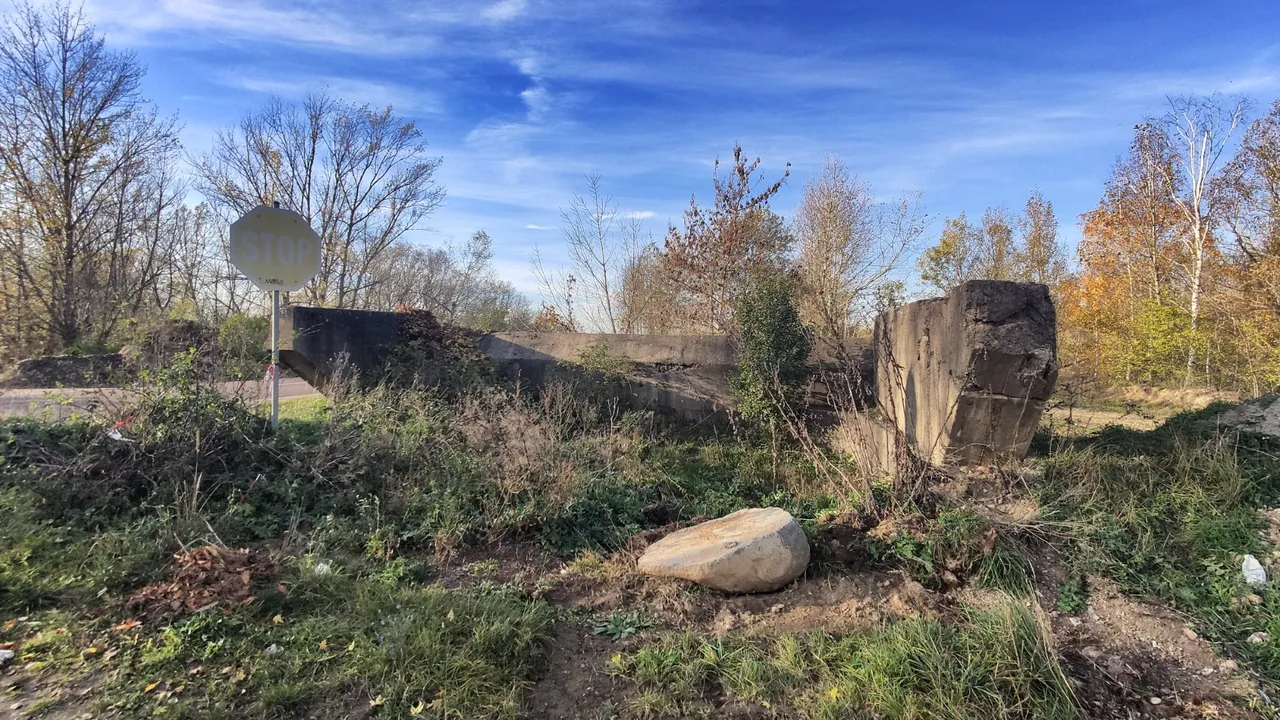
But Dirk Becker has his doubts that the ultimately failed project really aimed in the direction of the Saale. “There are no plans,” says the expert from Aschersleben for the canal, “and you don't usually start building waterways without carefully planning everything.” Especially when it comes to access to the open sea one of only two major German cities that don't have it. “That’s Munich and Leipzig,” Becker calculates. The canal connoisseur is actually a train driver, but since he became aware of the enigmatic giant concrete on the autobahn years ago while trying to avoid a traffic jam on the autobahn, he has made the canal his life's theme.
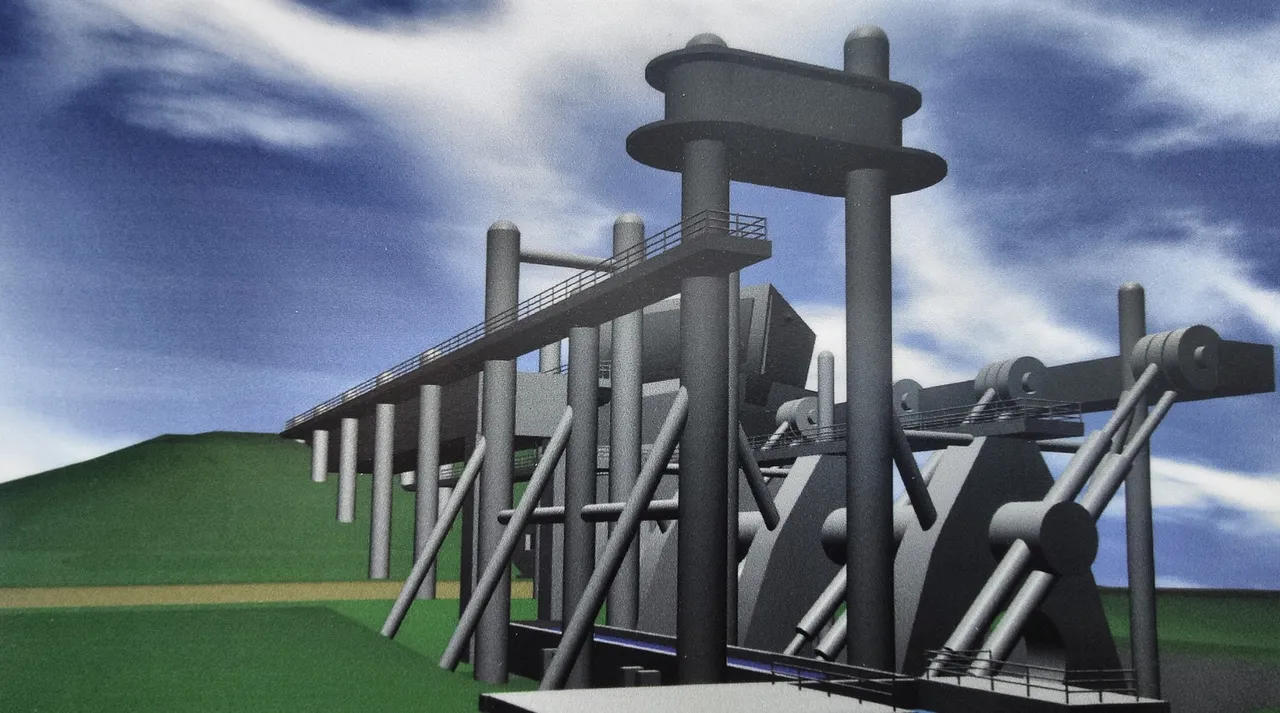
“I saw the ruins, asked a tractor driver how to get there, and when we stood in front of it, I was amazed.” The beginning of a love for life. A little later, Becker meets Witfer, the hobby captain from Merseburg. Together they then founded an association that somehow still wants to continue building the Saale-Elster Canal. After all, the project is much older than the claim attributed to Hitler believes. Already 100 years ago, shortly after the First World War, the waterway network of the empire was to be modernized and expanded. “No longer one type of ship for every river, but a rule ship that can sail anywhere,” he says. 80 meters long, weighing 1,000 tons, the stair lock in Wüsteneutzsch was also designed for this ship model.
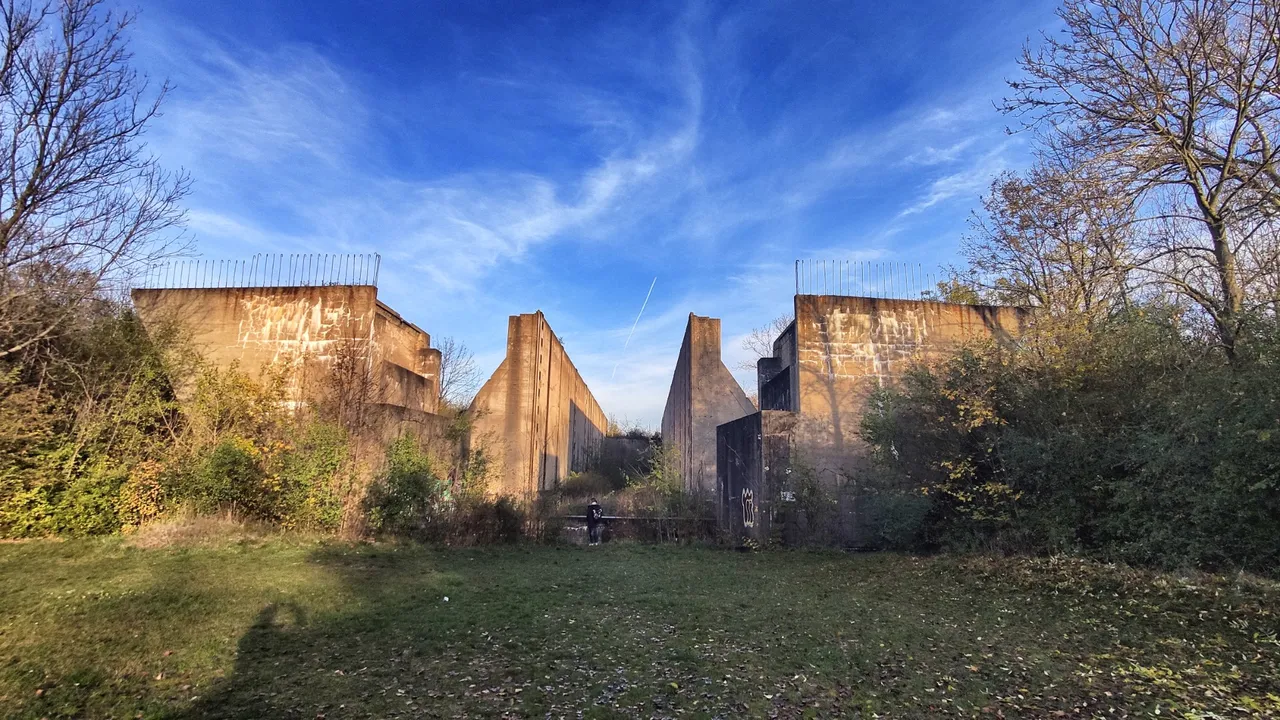
In 1926 a state treaty casts the project into a fixed form. “That the whole thing is a Nazi building is total nonsense”, Dirk Becker complains about a prejudice that keeps cropping up. “The project planning was carried out well in advance, and even construction started in the summer of 1932.” Hitler then used the major project for propaganda purposes: the kilometer-long canals, the planned two identical lock chambers, each 85 meters long, twelve meters wide and 16 meters high. In addition, the connection of the south to the Mittelland Canal and the North Sea - all of this breathes the spirit of a time in which humans tailor nature as they need it.
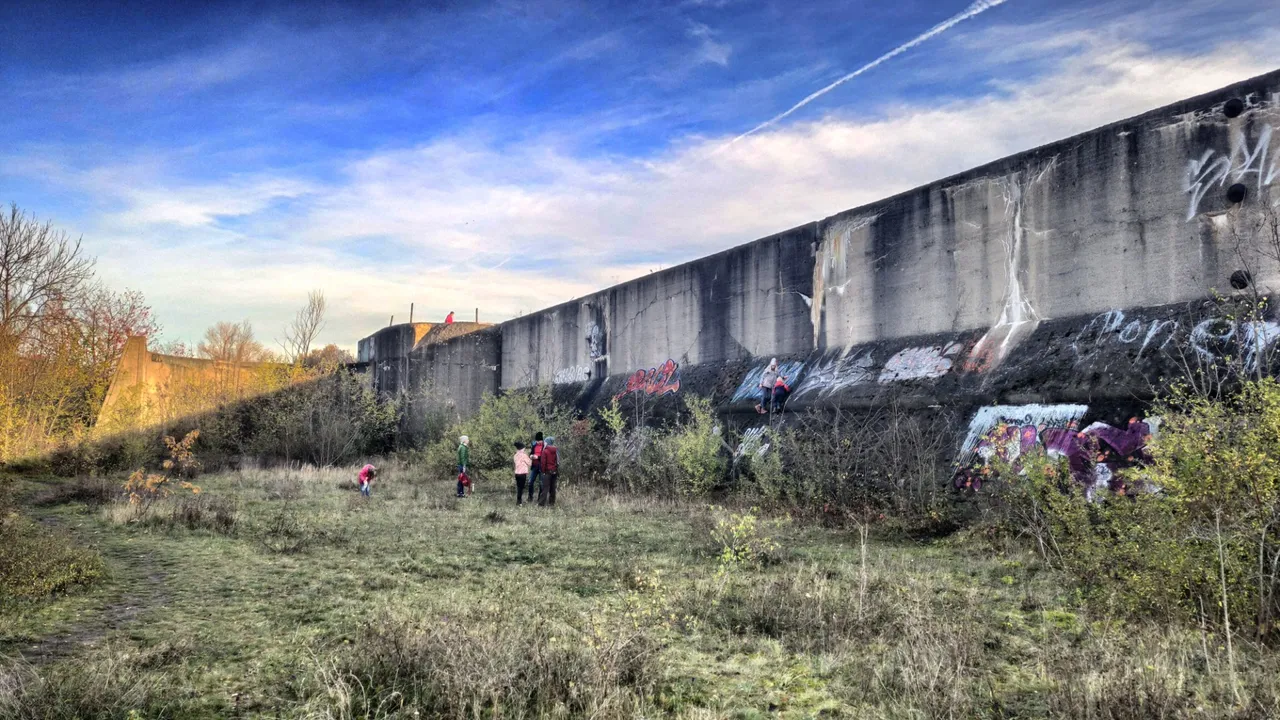
"With Goebbels' announcement of total war in 1943, work was stopped," says Dirk Becker. During the GDR era, there was a new attempt to continue and terminate the company. “But when the wall was built, other things were more important than a waterway from Saxony to Hamburg.” The upper lock chamber remained half-finished, the lower a construction pit that has since been transformed into a secluded little lake where anglers sit and beavers settle .
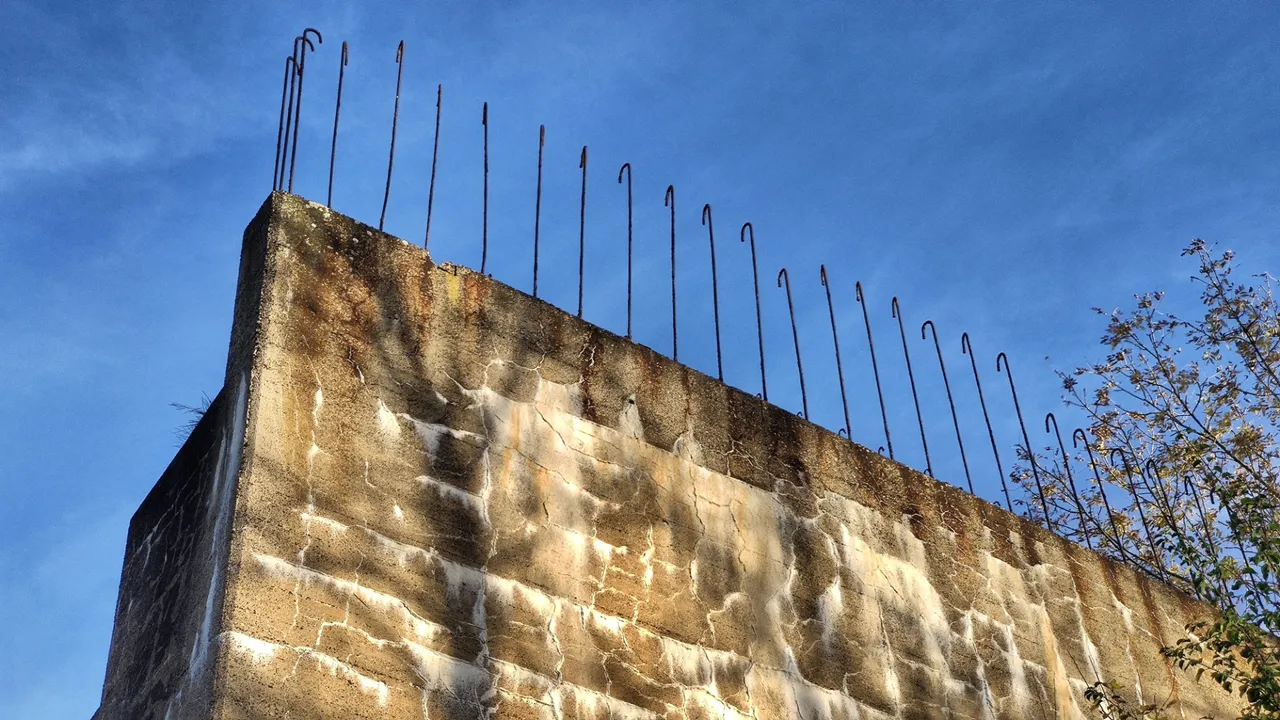
A lighthouse made of brown coal
If Michael Witfer and Dirk Becker have their way, it shouldn't stay that way. However, the two men from the Saale-Elster-Kanal-Förderverein do not think of cargo ships and goods transports like earlier generations of canal supporters. “We are only 7.5 kilometers away and a boat lift”, says Becker, “then this is a tourist attraction.” Becker sees the boat lift in Niederfinow as a role model. “200,000 visitors flock there every year,” he says. Plus water tourists from near and far.
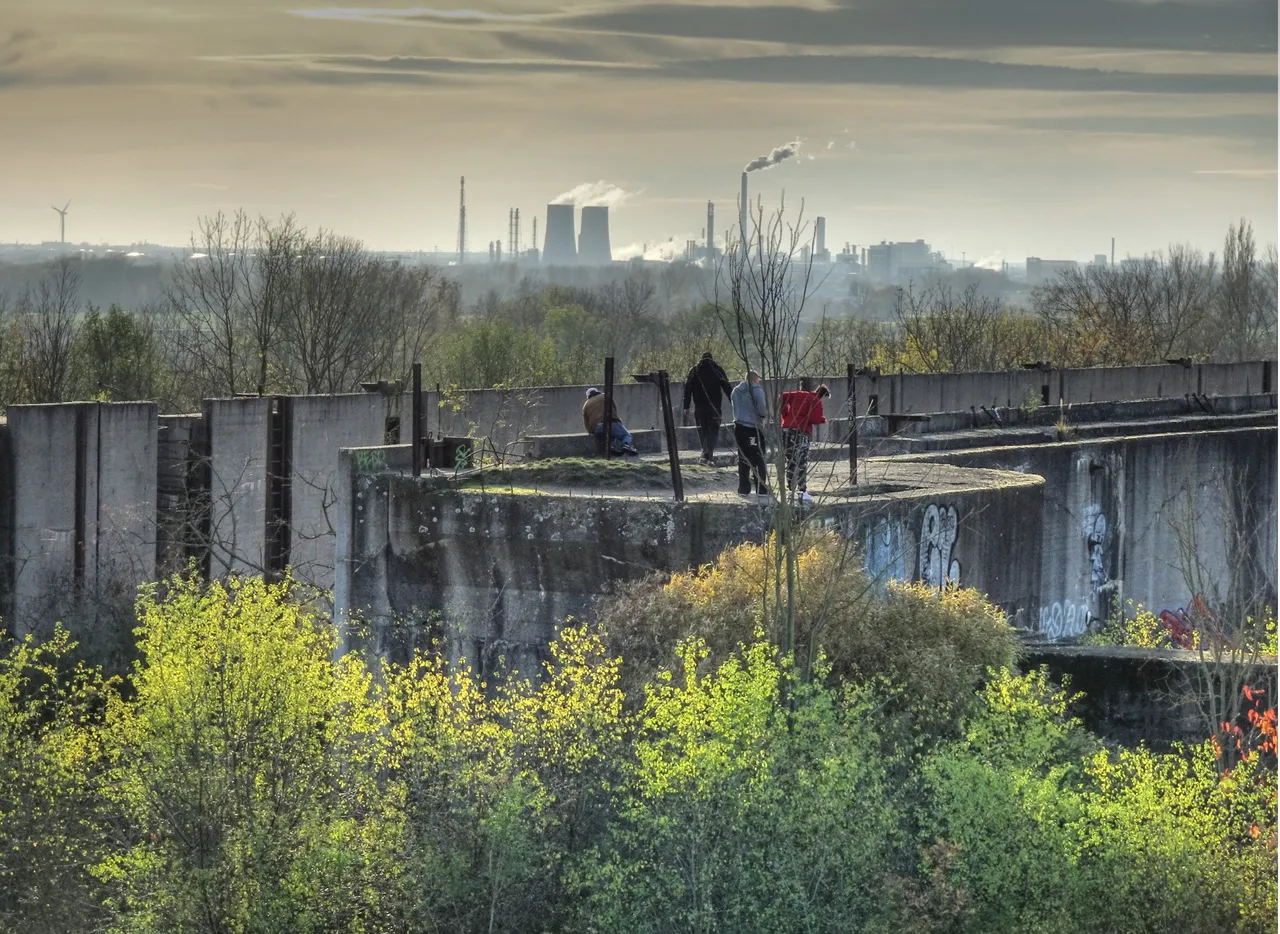
"That would really be a blooming landscape," Michael Witfer is certain. Years ago in Scotland they looked at the Falkirk Wheel, a seemingly utopian boat lift that was built 20 years ago and today attracts millions of curious people. “That would be exactly what we need,” believes Dirk Becker. Not a big solution for connecting Leipzig to the major freight waterways. But also not a small solution in the form of an everyday sluice.
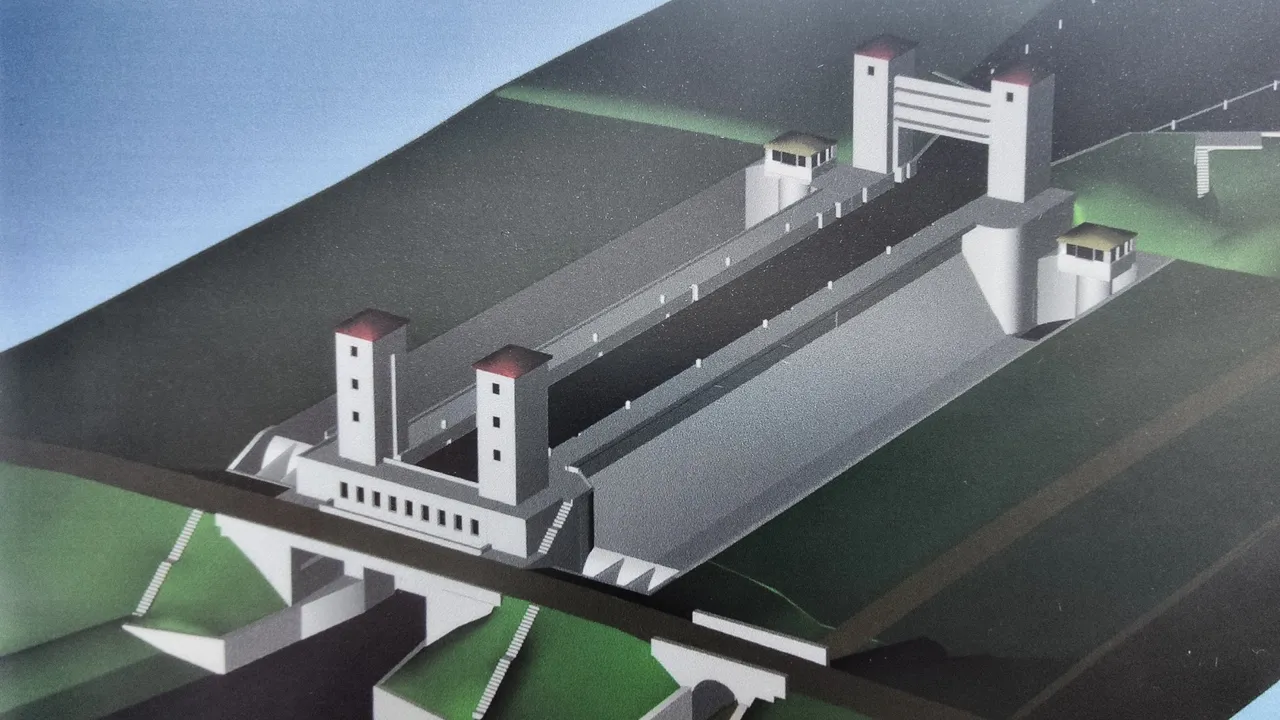
“Something spectacular”, Becker wishes, “together with the listed lock ruins attract tourists.” There is enough money to complete the grand plan, because the German government is desperately looking for investments to cushion the end of lignite. "It now only depends on the countries to see this great opportunity and to get together so that a plan emerges from it," says Witfer, who is firmly convinced that a ship will soon arrive where there is only a ruin today.
Thank you for reading and if you like my work please follow me on Hive, Travelfeed or Steem or visit my homepage koenau.de
A few more pictures for you:
